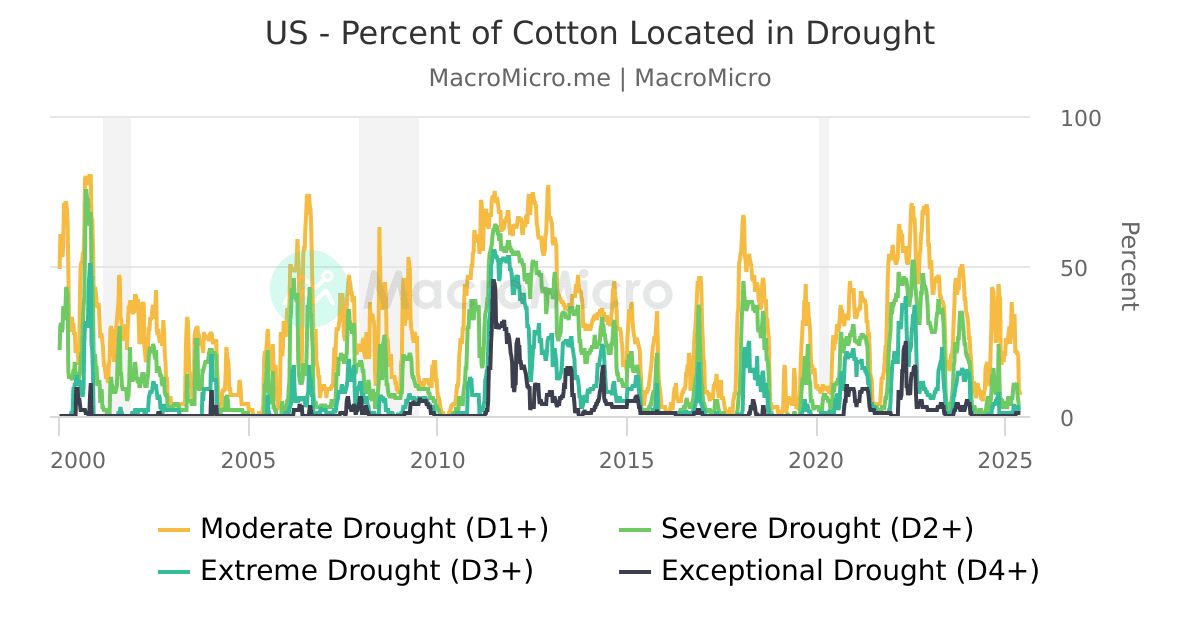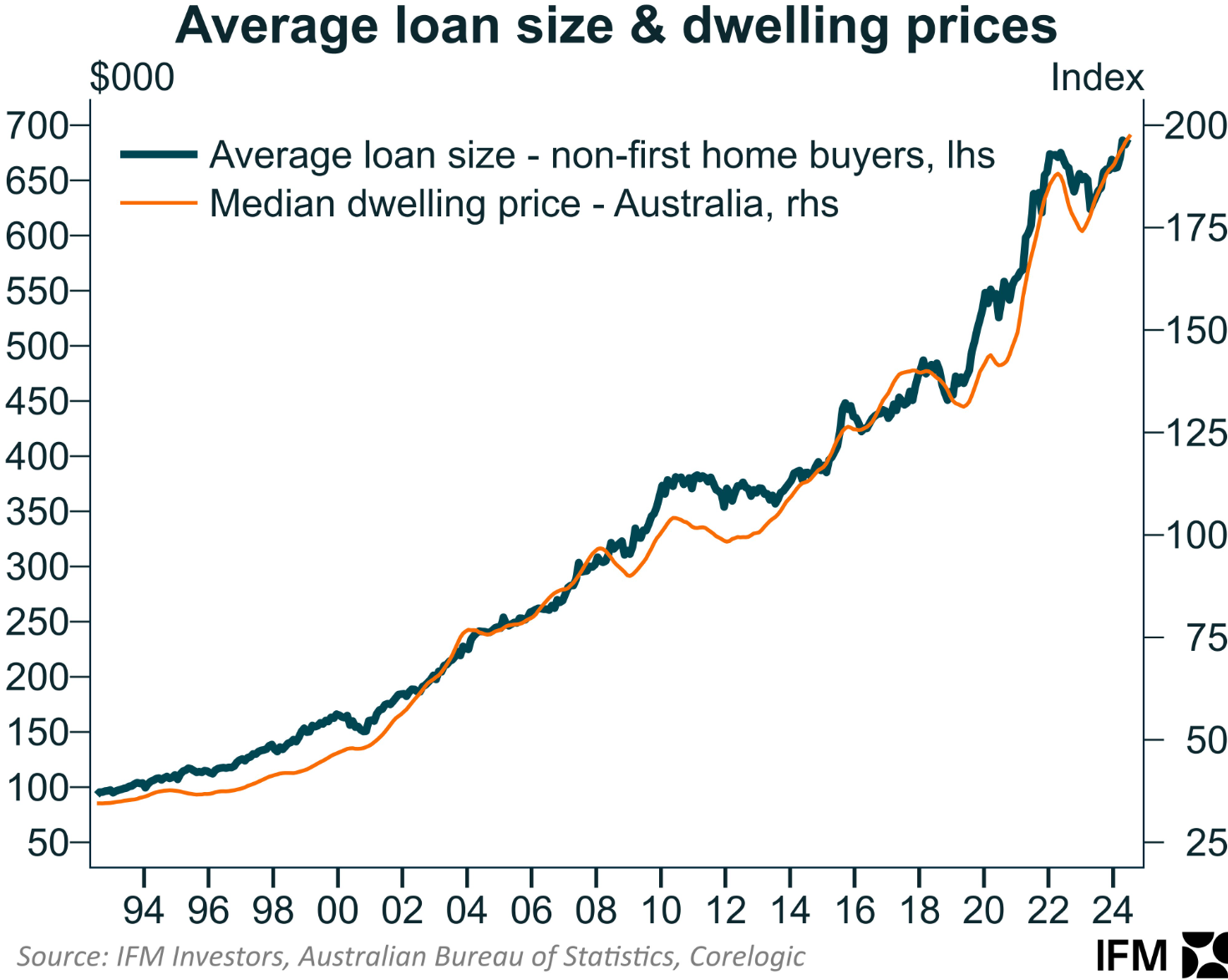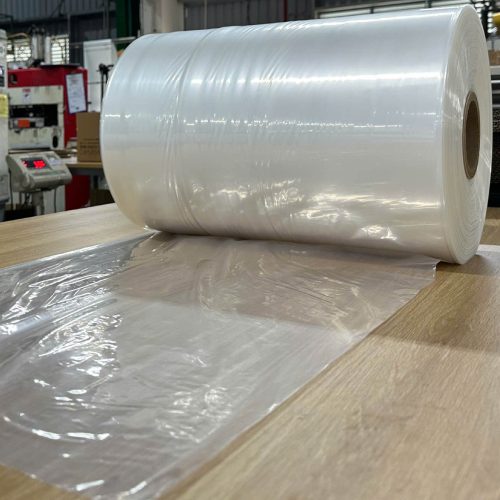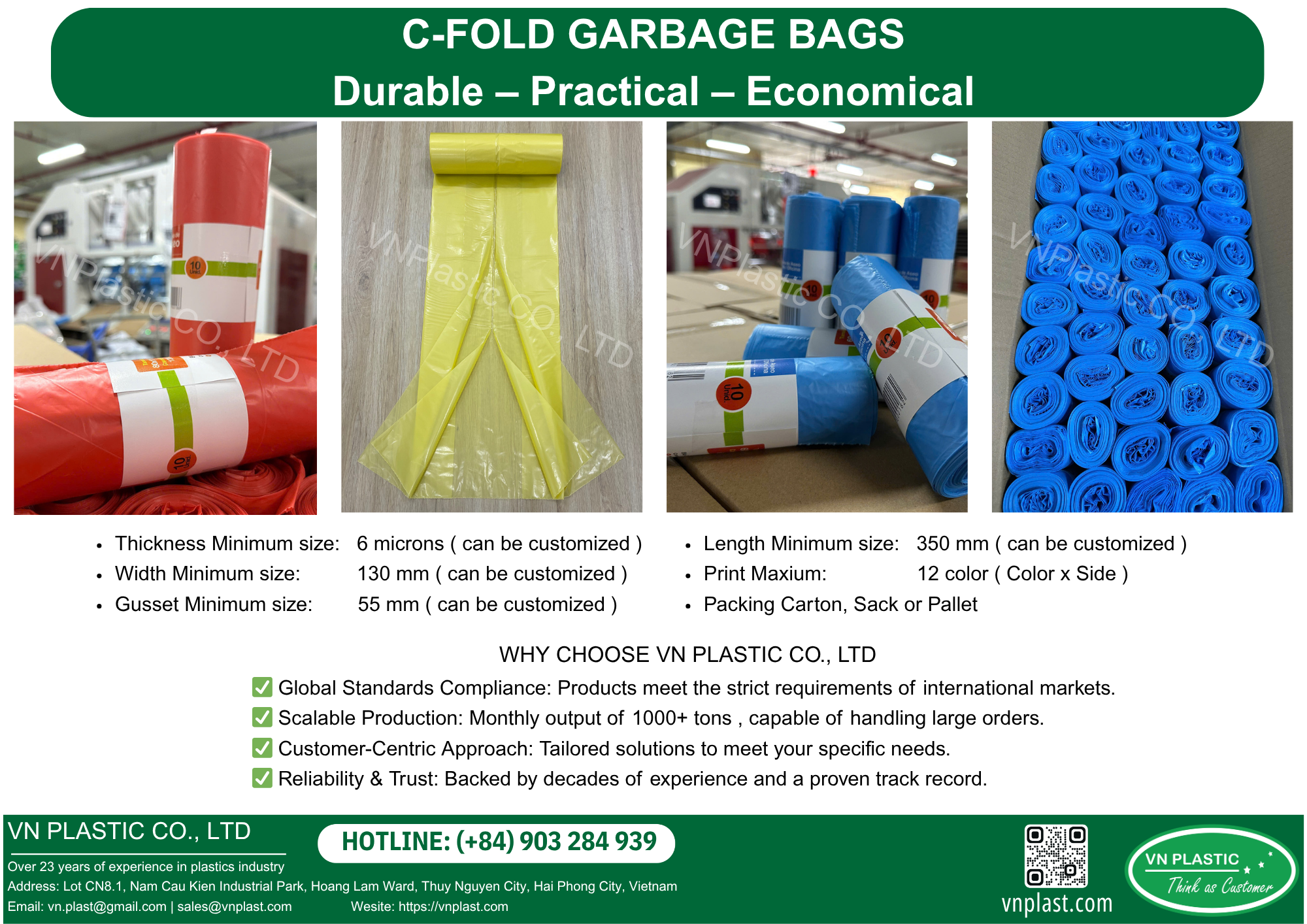Australia Cotton Bag Market faces a complex landscape impacted by a history of rising imports, declining domestic consumption, and a significant drop in exports. According to a recent report by IndexBox, while the market has struggled in recent years, it is forecasted to exhibit a modest upward trend in the next decade, driven primarily by demand recovery and changing market dynamics.
Australia Cotton Bag Market Projections: A Slight Upward Trajectory

Despite a two-year slump in consumption, the future of Australia’s cotton bag market appears cautiously optimistic. The report anticipates a growth rate of 1.5% in volume, forecasting that market volume will reach 1.3K tons by 2035. Simultaneously, in terms of value, the market is projected to grow at a CAGR of 1.6%, aiming for a valuation of $16 million by the end of the same period.
This forecast takes into account a general decline that has affected the market since it peaked in 2013. As Australian consumers and businesses gradually adapt to a shifting economic landscape, modest recovery in cotton bag usage seems likely, influenced by external factors such as import reliance and pricing trends.
Consumption Patterns: A Decline from Peak Levels

In 2024, Australia’s consumption of cotton sacks and bags fell marginally by 0.6% to 1.1K tons, marking the second consecutive year of decrease following a brief period of growth. Consumption reached its highest level in 2013 with 3.5K tons, but has since seen a persistent downturn, not regaining its former momentum.
Despite the reduction in volume, the revenue from cotton bag sales rose to $13 million in 2024, which is a 3.8% increase compared to the previous year. This growth in revenue reflects the interplay of market demand, pricing, and the costs associated with cotton bags. However, it’s crucial to note that the total revenue remains significantly below the peak of $22 million achieved in 2013.
Import Analysis: Heavy Reliance on India

Australia’s dependence on imported cotton sacks and bags is an enduring aspect of its market. In 2024, imports of cotton bags declined by 1.9% to 1.1K tons, marking an ongoing contraction after two consecutive years of growth. Past peak imports have steadily receded from 3.5K tons in 2013.
In terms of value, imports surged to $20 million in 2024, reflecting a complex dynamic in demand and pricing. The most notable growth in imports was observed in 2021, when a staggering 92% increase from the previous year was recorded. However, the momentum seen in that particular year has not translated into sustained growth.
Leading Import Sources: Dominance of India
India remains the dominant source of cotton bags for Australia, contributing 65% of import volume and comprising 67% of the total import value. In absolute terms, Australia imported 707 tons of cotton bags from India in 2024, reflecting the country’s crucial role in supplying Australia with these products.
China ranked second with 124 tons, while Vietnam followed closely with 121 tons, together highlighting a significant reliance on a few key suppliers. These dynamics reveal a steep decline in imports from India, which recorded an annual average growth rate of -9.0% between 2013 and 2024. In contrast, Vietnam saw robust growth, achieving an annual growth rate of 60.3%.
Import Prices: A Steady Increase
The average import price of cotton bags surged to $18,134 per ton in 2024, increasing by 7.3% from the prior year. This robust price growth, especially notable since 2017 when prices rose sharply by 144%, suggests a market under pressure that may continue due to supply constraints or shifts in global demand.
Price variations are significant among different countries. Bangladesh and Indonesia recorded the highest average import prices at $20,097 and $19,916 per ton respectively, while lower prices came from Vietnam and Pakistan at $14,152 and $18,520 per ton.
Export Landscape: A Sharp Decline
In stark contrast to the import situation, Australia’s exports of cotton bags plummeted by 56.1% in 2024 to just 11 tons. This marks a dramatic decline, having fallen for four consecutive years. Notably, export volumes peaked at 71 tons in 2013, and the sustained drop since highlights a challenging export climate for Australian producers.
In monetary terms, exports declined to $239,000 in 2024. Although there were fluctuations in previous years, such as a significant increase of 224% in 2020, the overall trend has been one of downturn and contraction.
Main Export Destinations: Limited Global Reach
Australia’s cotton bag exports predominantly went to the United States, Fiji, and New Zealand, which together accounted for half of total exports. The value of these exports mirrored the volume trends, with Fiji demonstrating the highest growth rate in exports, at an astounding CAGR of +275.2%.
Despite these rapid growth rates, the overall volume remains minimal, underscoring the limited international demand for Australian-made cotton bags compared to imported alternatives.
Export Prices: Increasing Trends
The average export price for cotton bags stood at $20,805 per ton in 2024, which represents an increase of 9.9% year-on-year. This growth aligns with trends seen earlier in the decade, reflective of market volatility and fluctuating trade dynamics. Export prices have seen a consistent upward trajectory since their peak increase in 2014 when they rose by 103% over the previous year.
Notable variations exist in prices accepted by different markets, with South Korea and the Philippines recording the highest average export prices at $20,836 and $20,812 per ton, respectively.
Concluding Summary
Overall, while Australia’s cotton sacks and bags market is experiencing a resurgence in demand, the landscape remains complex with significant reliance on imports, particularly from India, and a continual decline in exports. As the market is projected to stabilize in the coming decade, it will be essential for stakeholders to navigate these developments carefully to capitalize on growth opportunities.




